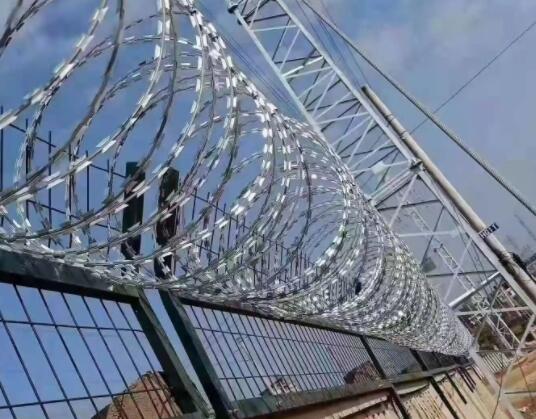Understanding the Cost of Welded Wire Mesh
Welded wire mesh is a versatile and widely utilized material in various industries, including construction, agriculture, and manufacturing. Its primary function is to provide structural support, security, and safety in a multitude of applications. However, understanding the cost of welded wire mesh can be as complex as its uses. This article delves into the factors influencing the cost, its typical pricing, and considerations for purchasing welded wire mesh.
Factors Influencing Cost
1. Material Quality The type of steel used for welded wire mesh significantly impacts its cost. Galvanized steel, which is coated with zinc to prevent rusting, tends to be more expensive than plain steel. Additionally, stainless steel offers enhanced corrosion resistance and durability, further increasing the price.
2. Wire Gauge The thickness of the wire plays a crucial role in the overall cost. Heavier gauges provide more strength and durability, but they also come at a higher price. Conversely, lighter gauges are cheaper but may not be suitable for heavy-duty applications.
3. Mesh Size The spacing between the wires (mesh size) is another factor affecting the cost. Smaller mesh sizes require more wires and more precise manufacturing processes, thus increasing the cost. Larger meshes may be cheaper but can compromise strength and security, depending on the application.
4. Size and Dimensions The size of the welded wire mesh sheets directly correlates to the price. Larger sheets or custom dimensions may require more raw materials and processing time, leading to higher costs.
5. Manufacturing Process The method used to produce welded wire mesh can also influence prices. Automated production lines may lower labor costs and thus reduce overall prices, while custom or hand-crafted meshes may entail higher costs due to the additional labor involved.
cost of welded wire mesh

6. Market Demand Like any commodity, the cost of welded wire mesh can fluctuate with market demand. For example, during peak construction seasons, demand may rise, leading to increased prices. Conversely, during economic downturns, costs may decrease due to reduced demand.
Typical Pricing
Prices for welded wire mesh can vary widely based on the factors mentioned above. As of late 2023, typical prices may range from $0.30 to $0.60 per square foot for standard galvanized welded wire mesh. Custom sizes or specialty meshes, such as those made from stainless steel, can cost significantly more, sometimes reaching upwards of $1.00 to $2.00 per square foot. It's essential for buyers to obtain quotes from multiple suppliers to ensure competitive pricing.
Considerations for Purchasing
When considering the purchase of welded wire mesh, it is crucial to evaluate not only the cost but also the specific needs of the project. Factors such as load-bearing requirements, environmental conditions (like exposure to moisture), and long-term maintenance expectations should guide decisions.
Buyers should also consider potential discounts for bulk purchases, as many suppliers offer reduced rates for larger orders, which can significantly lower the cost per square foot. Additionally, checking for local suppliers can help reduce shipping costs, further impacting the overall expenditure.
Conclusion
In summary, the cost of welded wire mesh is influenced by a variety of factors, including material quality, wire gauge, and market demand. Understanding these elements can help buyers make informed purchasing decisions that align with their project requirements and budget constraints. Whether in construction, agriculture, or manufacturing, the right welded wire mesh can provide essential support and safety, making it a worthwhile investment.

















